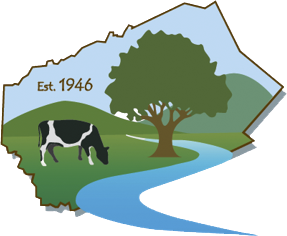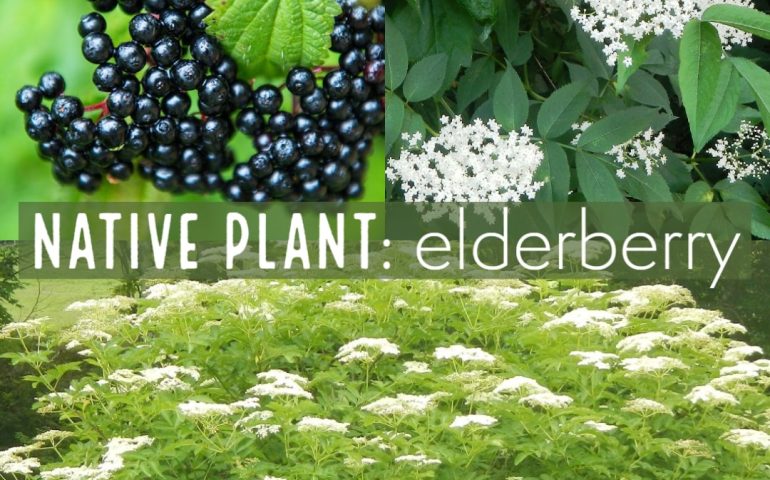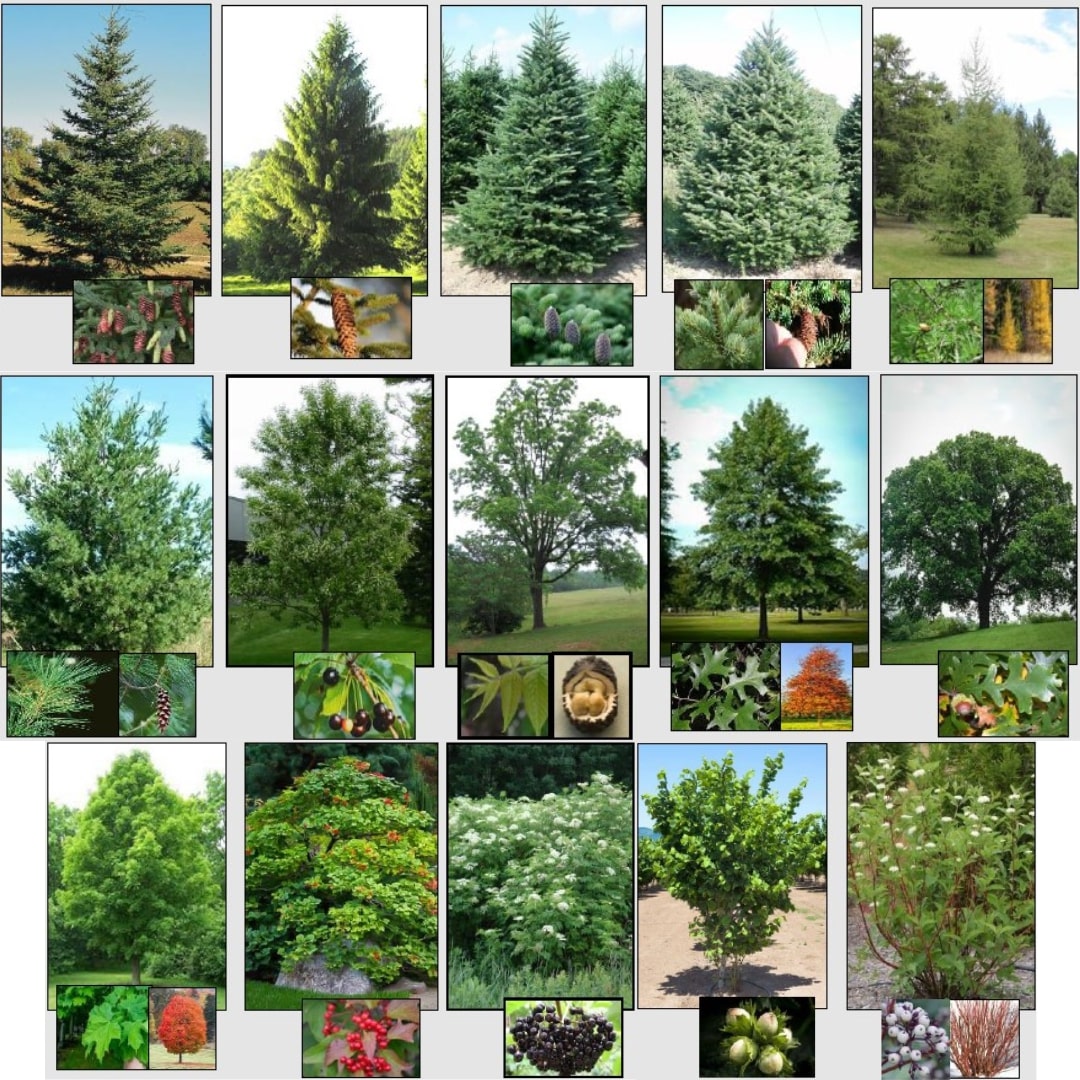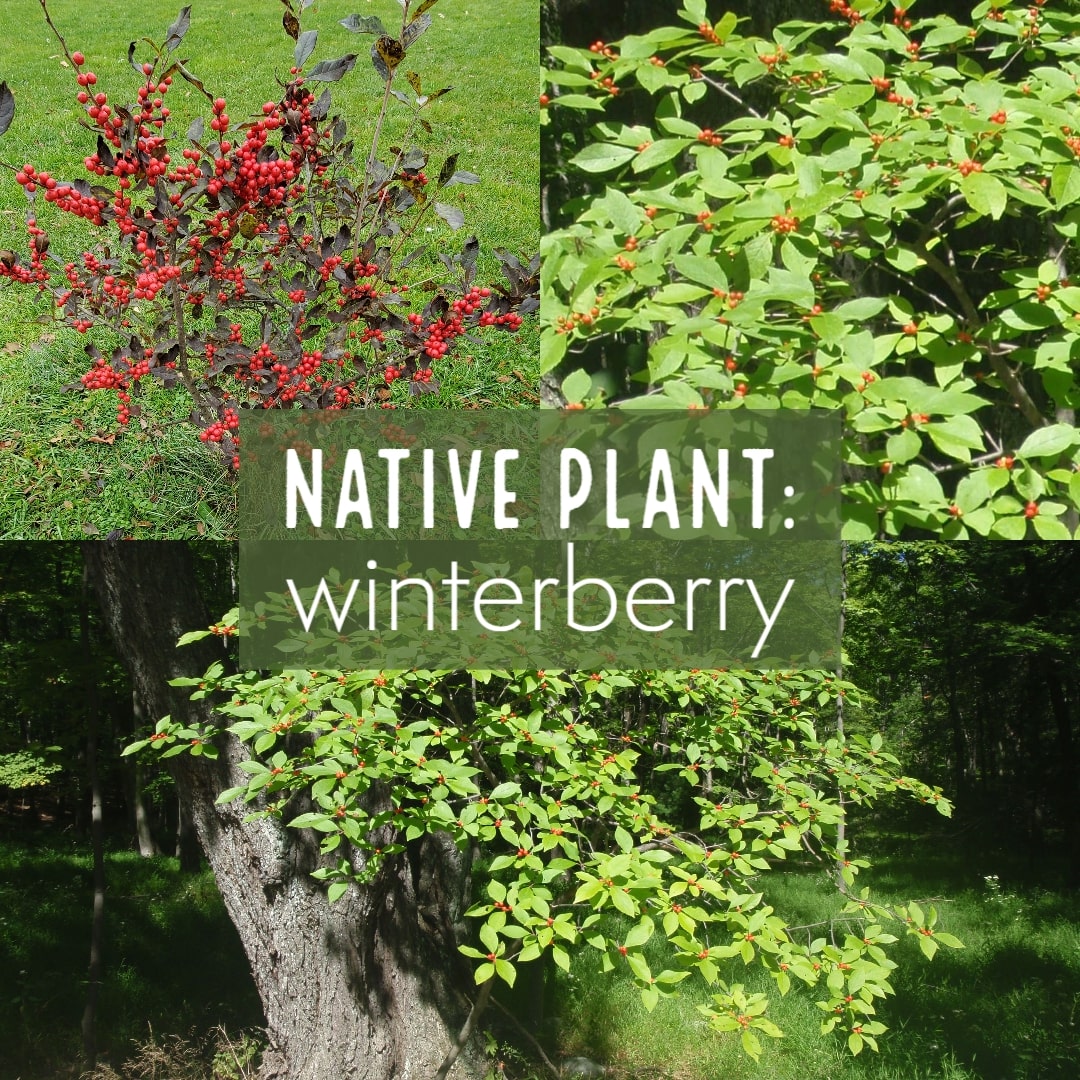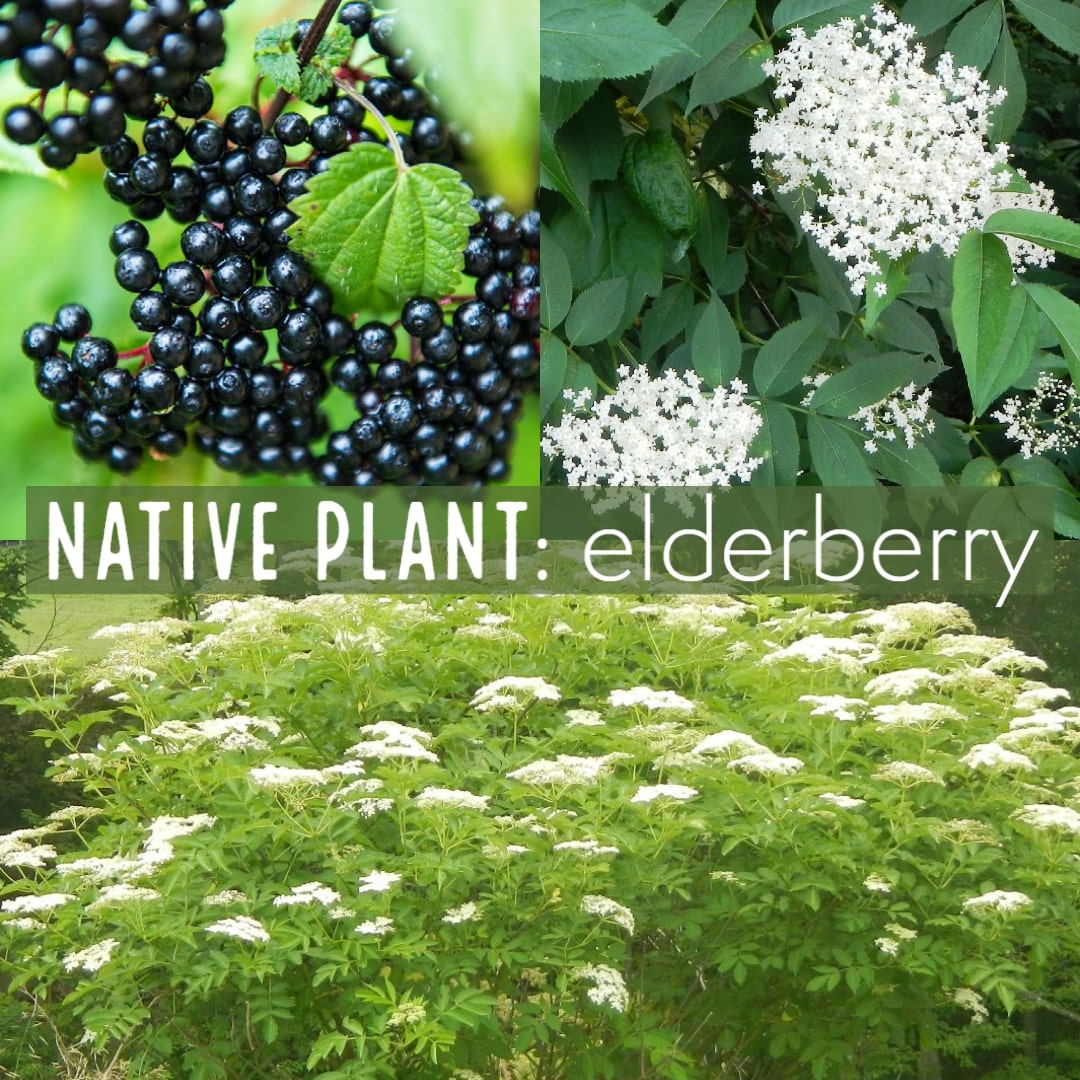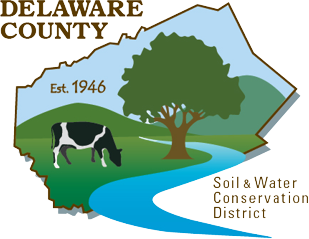Black elderberry, Sambucus nigra, has been popular over the past several years following various health claims and its transformation into supplements, syrups, and more. Like most edible berries, elderberries are antioxidant and vitamin powerhouses that are great additions to human diets, and being a native plant, elderberry is an important food and habitat source for wildlife as well. You can add Black elderberry to your landscape this spring through our annual tree and shrub sale happening now: https://bit.ly/3x5Womd.
Occurring throughout the US and Canada, elderberry (aka Common elderberry, Black elderberry, American elder) grows best in full to part sun in moist upland sites on the water’s edge bordering streams and adjacent bottomlands since it requires consistently moist soil. The dark berries are preceded by lovely white clusters of blooms that attract bees, butterflies, and other pollinators. The berries are eaten by many birds and small mammals, and the leaves and twigs are susceptible to deer browse.
A moderately sized bush, elderberry grows 3-12 feet making it a good option for privacy borders along a pond, stream, or drainage trough as well as creating riparian buffers and adding diversity to the landscape.
Have questions about native plants? Contact DCSWCD’s Catherine Skalda: 607-865-5223.
